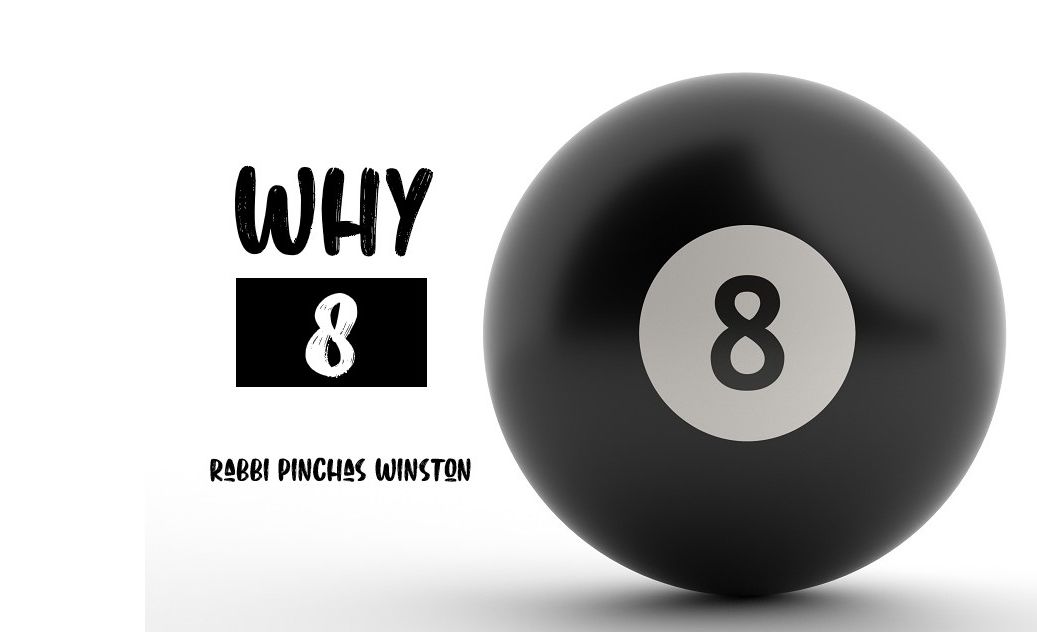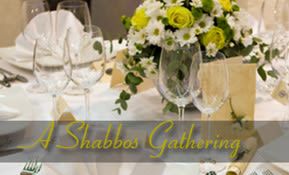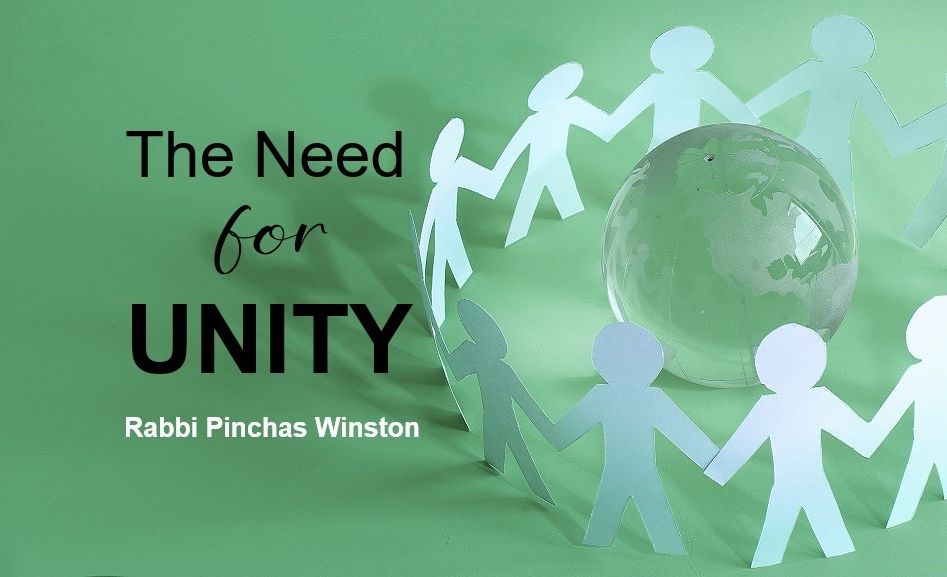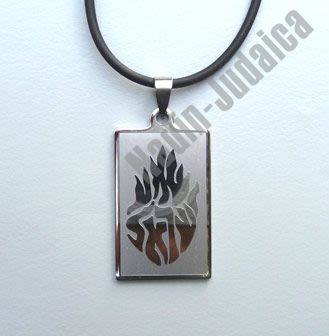
Behaalotcha: Inspiration
The lighting of the Menorah was symbolic of lighting the fire of inspiration in the hearts of the Jewish people, so that they'd seek Hashem…

:א וַיְדַבֵּ֥ר יְהֹוָ֖ה אֶל־משֶׁ֥ה לֵּאמֹֽר
:ב דַּבֵּר֙ אֶל־אַֽהֲרֹ֔ן וְאָֽמַרְתָּ֖ אֵלָ֑יו בְּהַֽעֲלֹֽתְךָ֙ אֶת־הַנֵּרֹ֔ת אֶל־מוּל֙ פְּנֵ֣י הַמְּנוֹרָ֔ה יָאִ֖ירוּ שִׁבְעַ֥ת הַנֵּרֽוֹת
G-d spoke to Moshe, saying: Speak to Aharon and tell him, “When you light (beha’alotcha) the candles “(Bamidbar 8:1-2).
As the many commentators point out, there are a few ways to phrase the above instructions regarding the light of the Menorah; beha’alotcha is not one of the normal ones. This forced Rashi to comment:
“Because the flame rises upward, an expression denoting ascending is used for lighting the lamps, implying that one must light them until the light ascends on its own.” (Rashi)
But that is where pshat (simple meaning) ends and drush (parable, or homily) begins. As the Talmud points  out, the Menorah, the symbol of wisdom, and particularly that wisdom which emanates out from the Oral Law, stood at the south side of the Mishkan. For this reason, the Talmud says, anyone wishing to increase their wisdom should face south when praying (Source).
out, the Menorah, the symbol of wisdom, and particularly that wisdom which emanates out from the Oral Law, stood at the south side of the Mishkan. For this reason, the Talmud says, anyone wishing to increase their wisdom should face south when praying (Source).
Therefore, the lighting of the Menorah was also symbolic of the lighting of the fire of inspiration in the hearts of the Jewish people, so that they would wish to pursue wisdom on their own. For, as the Pri Tzaddik points out on many occasion, this was the role of the kohen, and particularly the Kohen Gadol: to cause the Oral Law to enter the heart of every Jew, and to inspire each and every Jew to pursue his own connection to the Oral Law.
Thus, the Torah tells Aharon HaKohen: when you ignite the Menorah, that is, the symbol of individual and national connection to the Oral Law, make sure that it is a flame that can stand on its own, one that reaches Heavenward by itself. You may have to initiate the flame, but, after that, the flame must be able to rise independent of any further effort on your part.
What is the basis of such a command? Better yet, what is the basis of such inspiration, because, in the answer to this question lies the very foundation of chinuch habanim (education of children). Because, ideally, more important than the transmission of Torah concepts in the early, formative years of a Jewish child, you want to teach a child to find his own personal source of inspiration to pursue Torah at all costs. For, if a child is inspired to learn Torah, he or she will learn it the rest of his or her life, and gain the necessary wisdom.
However, Torah without such inspiration translates into a departure from any serious learning of it in the early adult years (or even earlier), or, the pursuit of Torah greatness, but for the WRONG reasons — such as personal honor. That’s called making the Torah one’s own crown, and the Talmud does not speak to favorably about that direction in learning:
Anyone who uses the crown of Torah (uses the honor of Torah to his advantage) will be uprooted from the world. (Nedarim 62a)
And, somehow, that inspiration has to be rooted in a genuine personal desire to feel “close” to G-d.
The seven lamps should give light over against the face of the Menorah.
“The wicks of the three on the east side should face toward the central one, and, likewise, the three on the west side ” (Rashi)
— while the central is pointed straight up, toward G-d. It is as if to say that the other six lights of the Menorah (which correspond to the six days of creation and the six millennia of history), are all just to “launch” us in the direction of G-d. Therefore, the essence of good chinuch (education) is facilitating the child’s own desire to feel the presence of G-d, something that must be inspired, because it must be pursued with one’s life-force.
Inspiration is something we feel when we see the worthiness of an act, and the importance of our being involved in carrying it out. The more noble the cause, (at least as it appears to us, the more inspiration we are likely to feel. All of a sudden, some kind of inner mechanism kicks in during a moment of inspiration, and we find ourselves motivated like never before.
The ideal form of inspiration is the kind that we feel when we catch a glimpse of G-d’s master plan, and how we can contribute to its completion. Somehow, it doesn’t make a difference whether or not we succeed. All that counts is that we try, give it our best shot, because that will make G-d happy that He made us, and gave us the opportunity to be involved in His world. In reaching for G-d, we realize, we are, in fact, reaching our potential.
Aharon HaKohen understood this, which is what gave him the ability to function in the extremely holy position of High Priest. The Menorah symbolized this, and this is why the lighting of it was associated with Aharon himself, though, as the Ramban points out, any kohen could have fulfilled the mitzvah.
And, thus, it was Aharon’s job to transmit this message to the rest of the nation, to “light their fire,” so-to-speak, so that each and every Jew could hook into that master plan, and feel a sense of destiny being attached to it. This would then result in a great desire to be a partner in G-d’s plan for creation, bringing the person closer to G-d in the process, and closer to their own personal level of greatness and fulfillment.











Tell us what you think!
Thank you for your comment!
It will be published after approval by the Editor.